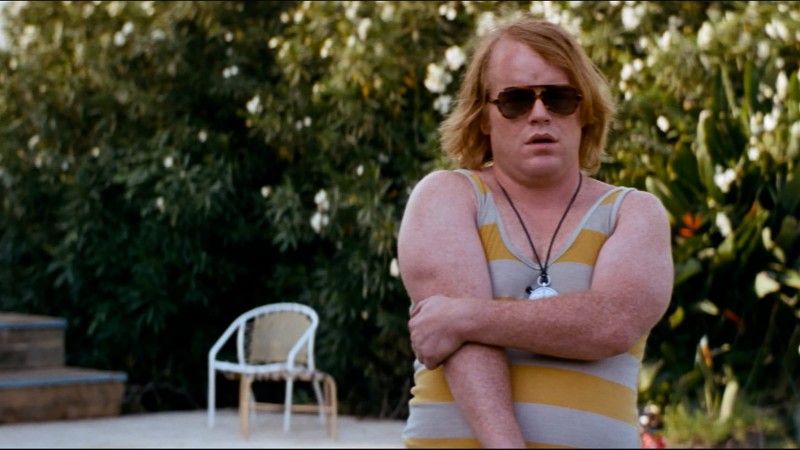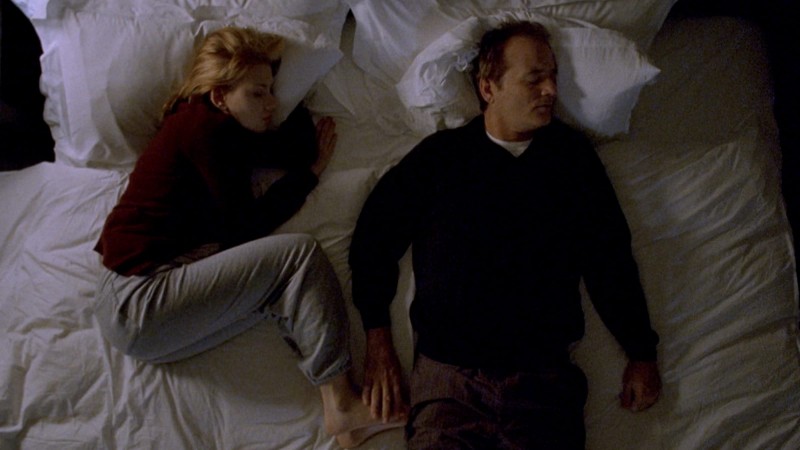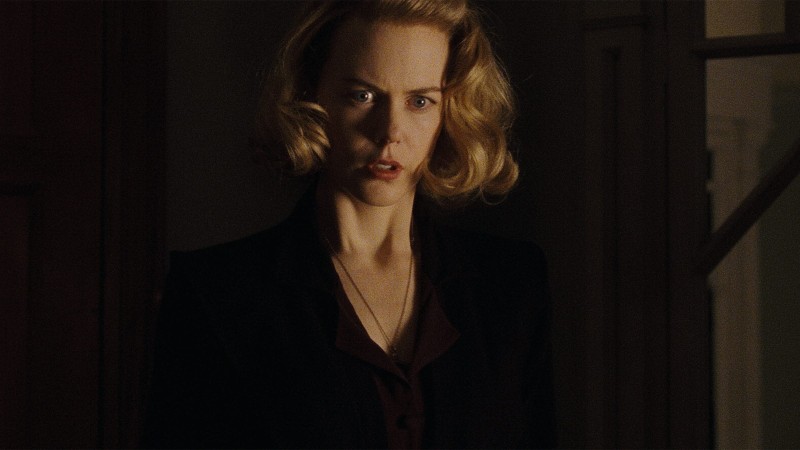Murderers Among Us

Tonight, on our new streaming service, FilmStruck, we’re thrilled to present the first of our Friday double features. As one of the programmers of the Criterion Channel—our very own playground within this new digital space—I took sardonic delight in pairing two chilling serial-killer films: M (1931), in which director Fritz Lang and star Peter Lorre set a sky-high standard for the form, and The Silence of the Lambs (1990), which brought it to a peak of popularity and acclaim as one of just three productions in Academy Award history to sweep the top five awards.
Oscar winners Jonathan Demme (best director), Anthony Hopkins (best actor), Jodie Foster (best actress), and Ted Tally (best screenplay) appear on a vintage commentary track for the latter film, resurrected for the Criterion Channel after years of being out of print. So does John Douglas, novelist Thomas Harris’s real-life model for FBI profiler Jack Crawford (played by Scott Glenn). The presence of this serial-killer expert made me realize that both of these iconic films were based on factual crimes. Demme, before his movie’s premiere, said, “We actually have in our society men who go out and murder dozens of women, and is there anything being done to address this problem? We don’t want to be titillating and fun and a slasher movie. We want to be harrowing—and really just as appalling and frightening as this whole subject is.” Fritz Lang, who cowrote with his wife, Thea von Harbou, contended at the time of its release that he rooted his film about a child-killer (played with traumatizing brilliance by Lorre) in “factual reports” of multiple grotesque murders that riveted Weimar Germany, particularly, he later admitted, the crimes of Peter Kürten, “the Monster of Dusseldorf,” who killed women as well as girls (and one man). Lang ends M with a direct plea to the audience: watch over your children. The film’s original title was Murderers Among Us.
Gangsters and beggars organized their own manhunt for Kurten, hoping to stop hyper-vigilant police from disrupting the underworld. In M, a dapper Berlin crime boss enlists the homeless population as well as his lieutenants, thugs, and stooges to track down the child-killer. The idea of a master criminal helping to trap a homicidal psychopath returns in The Silence of the Lambs, as Hopkins’s imprisoned virtuoso of atrocities, Hannibal “The Cannibal” Lecter, drops clues that aid Foster’s FBI trainee Clarice Starling in locating “Buffalo Bill” (Ted Levine), a serial killer who partially skins his victims.
Demme and Lang are fascinating opposites as directors. Lang, a control freak of genius and the cinema’s greatest master of patterned visual effects, pulls you into his singular conception of Weimar Berlin as a place where modernization collides with the creepiest fairy-tale horror. His camera angles and editing take on the force of destiny. Demme, a proudly democratic director, relies on unexpected revelations and visceral surprise. He puts himself at the service of Harris’s novel and, as the commentary testifies, draws on the collaborative instincts of all his colleagues, including Foster, who argued for him to protect the film’s emphasis on the challenges faced by a female FBI trainee; Hopkins, who crafted Hannibal’s unsettling yet calm demeanor; and production designer Kristi Zea, who adorned some sets with Old Glory to suggest that violence is part of the American national character.
With Lorre’s agonizing portrayal of a man who can’t escape his own compulsions, M demands compassion for a child murderer. Hopkins’s Lecter wants Starling to recognize him as a human so he can get inside her head. He wields the power of life or death as if he were a natural catastrophe, except there’s nothing natural about him. He directs his study of the mind and his sensory command (including an ultra-sharp sense of smell) toward one goal: quenching his thirst for homicide. His status as a shrink makes him even more terrifying. Nothing is secret to him. Everyone he touches becomes an unwitting accessory or a victim. Lecter exists in the realm where fact-based legend and pop culture intersect—he exerts the lurid pull of Jack the Ripper. But Hopkins’s tour de force wouldn’t have made much impact on us without the movie’s horrifying veracity of detail.
When Joseph Goebbels saw M, he misread Lang’s surgically incisive depiction of an uncontrollable killer as a tract for capital punishment. Profiler Douglas sees the serial killers in The Silence of the Lambs in similar ways. On the commentary track, he says he let Scott Glenn hear a tape of two serial killers whose specialty was torturing teenage girls, knowing that the actor opposed the death penalty. Glenn lasted a minute. That tape didn’t make the commentary track, but, in the following clip, it’s shocking enough to hear Douglas describe the three serial killers who inspired Harris to create Buffalo Bill:





